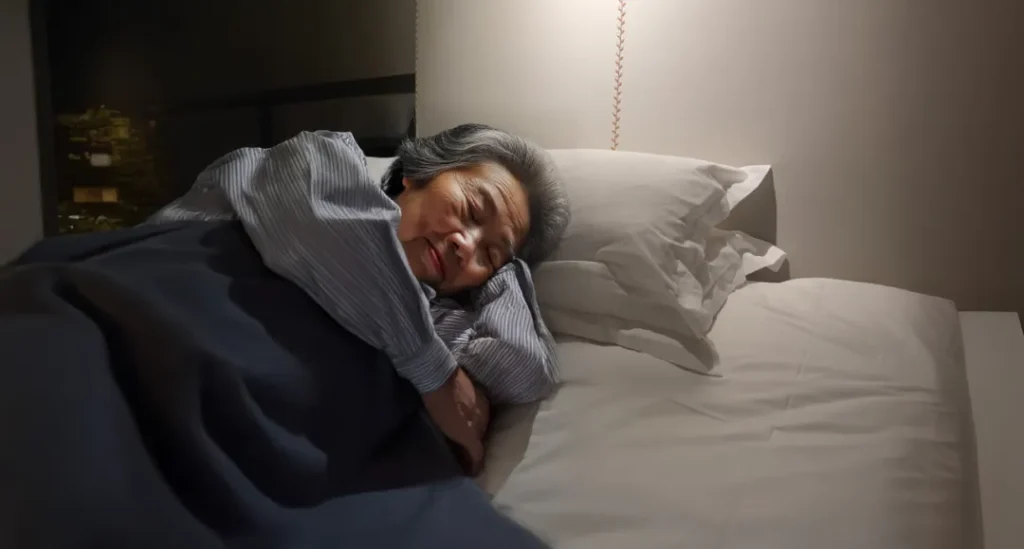Table of Contents
Did you sleep well last night? In life, many people seem to have slept well all night, but when they get up the next day, they do not feel refreshed, energetic, and full of energy. Instead, they still feel tired, dizzy, listless, and in a bad mood… This is probably “sleep disorders“!
Common manifestations of these “sleep disorders” are tossing and turning in bed for a long time and being unable to fall asleep, falling asleep but being groggy until dawn, or dreaming all night and having fragmented sleep.
Many people have been suffering from “sleep disorders.”
What exactly is “sleep disorders”? Many people think that lying down and closing your eyes is sleep, but it is not. Our normal sleep is composed of different sleep components such as sleep latency, light sleep, slow wave sleep, and rapid eye movement sleep. Generally, slow wave sleep and rapid eye movement sleep are regarded as deep sleep and quality sleep.
Many times, we lie in bed for a long time and sleep for a long time in a daze, which does not mean that our effective sleep is guaranteed. On the contrary, it may be that the sleep efficiency is lower.
Even if it is not a serious insomnia patient who stays up all night, it is very likely to be sleep disorders or low-quality sleep. This kind of sleep usually has low sleep efficiency and no deep sleep. In sleep monitoring, you can intuitively see a lot of light sleep, that is, lack of slow wave sleep and rapid eye movement sleep. Or even if there is, the proportion is very low. At the same time, there are many micro-awakenings, showing fragmented sleep.
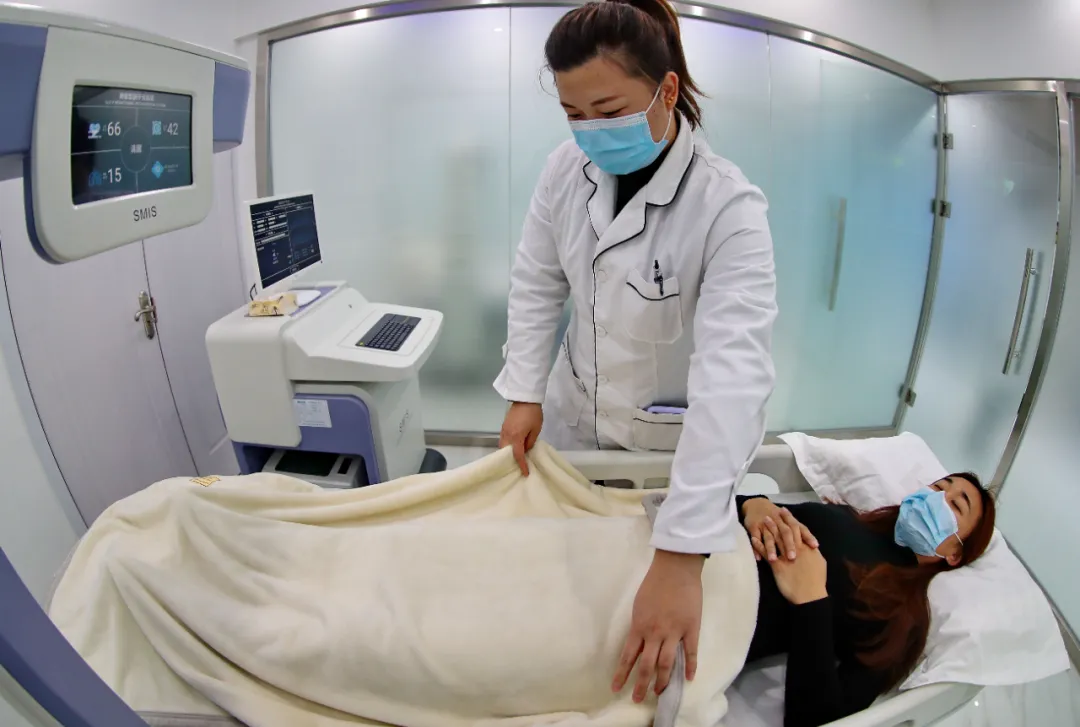
“Sleep disorders” are particularly prominent among the elderly. As people age, fragmented sleep is a common sleep problem. In February 2022, researchers from the Stanford University School of Medicine published a study in the international journal Science that found that the activity of “Hcrt neurons” in the brain can control wakefulness and sleep. With age, Hcrt neurons are more easily triggered and become overexcited, leading to more “fragmented sleep.”
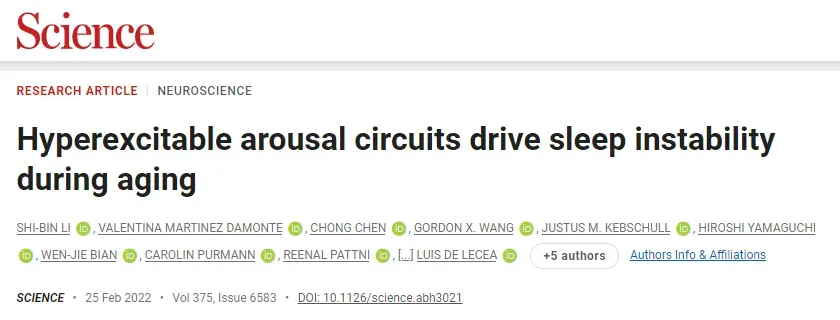
This also explains why the quality of sleep of many elderly people deteriorates as they age. Frequent “sleep disorders” and “fragmented sleep” can cause metabolic disorders, brain damage, and systemic inflammatory responses.
5 ways to improve sleep—the sooner you know, the better
1. Wear socks to sleep
Do you wear socks to sleep? Does wearing socks to sleep really affect your sleep? A study published in the Journal of Physiological Anthropology in 2018 on the “Effects of wearing socks to sleep on sleep” found that wearing socks when sleeping can effectively improve sleep quality!
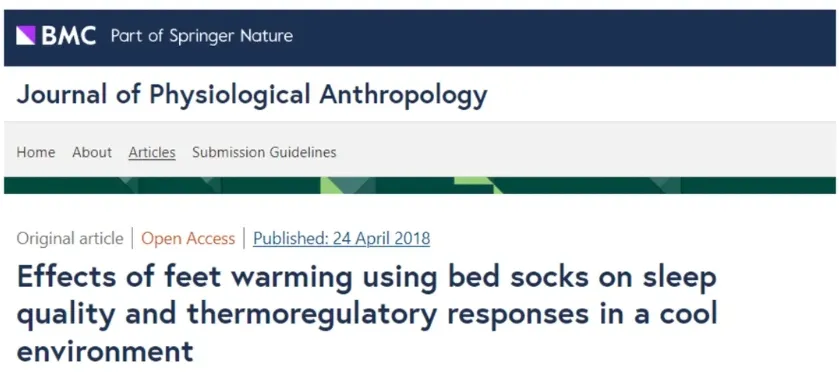
Research experiments have found that compared with people who sleep without socks, people who sleep with socks:
Fall asleep 7.5 minutes faster
Wake up 7.5 times less during sleep
Total sleep time is extended by an average of 32 minutes
Sleep efficiency is improved by 7.6%
Why can a pair of socks greatly improve sleep quality? (For example, ZenBiome Sleep™ is formulated to help clients deal with occasional sleeplessness but can also help support feelings of relaxation and reduced tension.) It is mainly related to the body’s limb temperature during sleep. The temperature of the calves and feet is usually easily affected by the external environment. Wearing socks can help maintain a comfortable and warm sleeping environment.
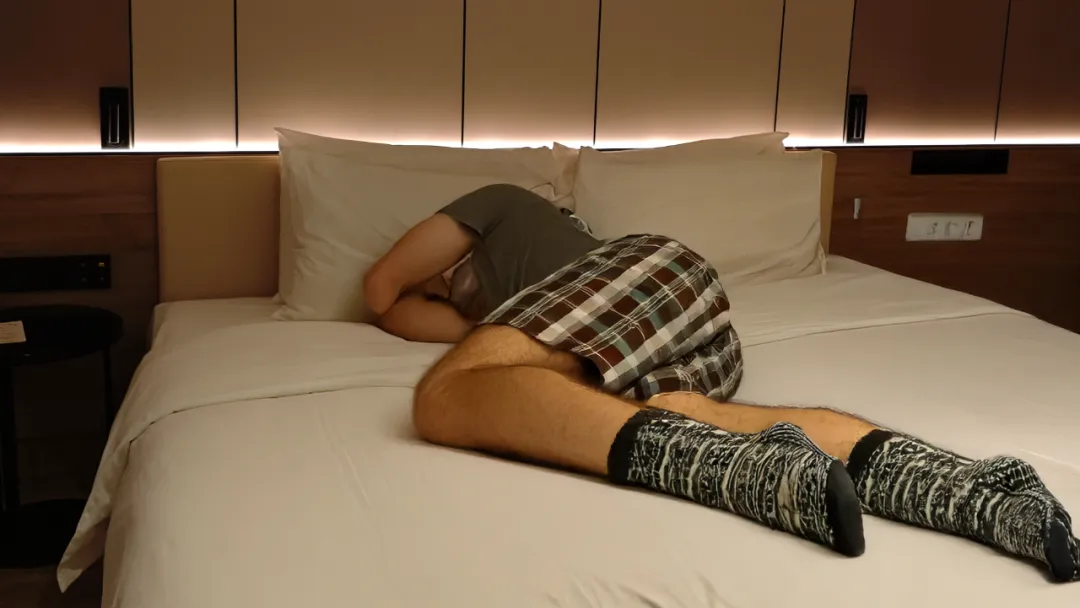
2. Cover with a heavy blanket
Many people like to cover themselves with a lighter blanket when sleeping, while some prefer to cover themselves with a heavier blanket. But research has found that the heavier the blanket, the better your sleep at night!
In October 2022, Swedish researchers published a study in the Journal of Sleep Research, which found that sleeping with a heavier blanket increases melatonin release and promotes better sleep. The study found that using a weighted blanket can increase the concentration of melatonin in saliva by about 30% compared with using a light blanket.
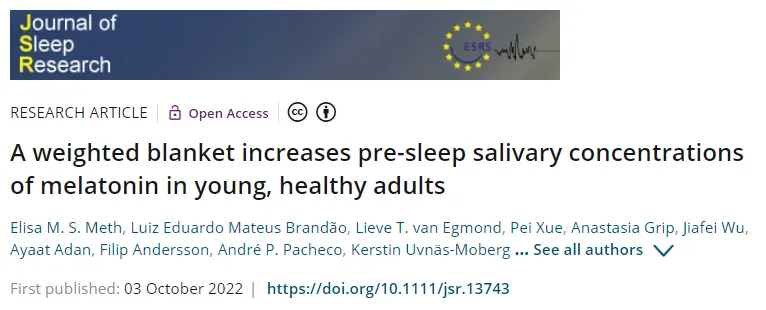
3. Do some sleep-aid exercises
In July 2024, a study published in the British Medical Journal Online Sports & Exercise Medicine found that doing more of these three resistance exercises within 4 hours before bedtime can significantly prolong sleep time. It only takes 3 minutes at a time and should be done every 30 minutes. This can extend your sleep time by nearly 30 minutes that night.
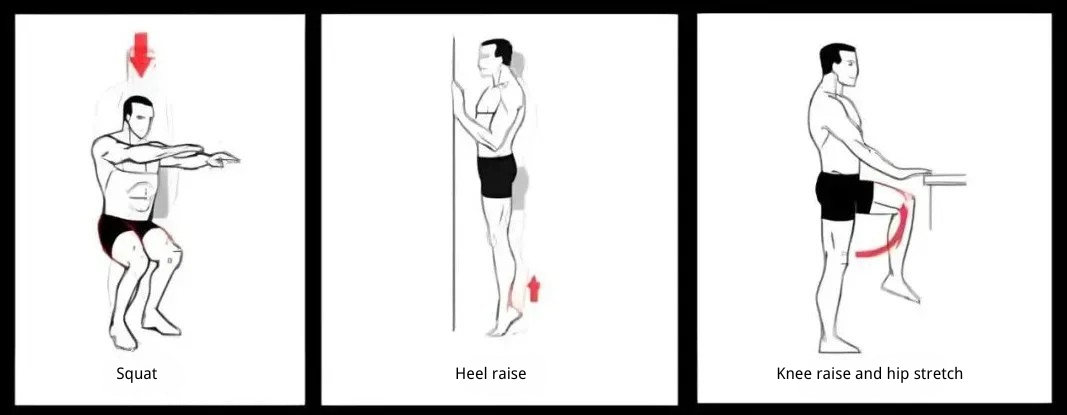
1. Squat: imitate the action of sitting on a chair, with your knees not exceeding your toes.
2. Heel raise: stand up and lift your heels to contract your calf muscles, then slowly return your heels to the ground.
3. Knee raise and hip stretch: stand with your knees raised and your hip joints extended with straight legs.
4. Soak your feet before going to bed
If you find it difficult to adapt to sleeping with socks on, you can actually soak your feet before going to bed; the principle is similar. In March 2024, an analytical study published in the Journal of Integrative and Complementary Medicine pointed out that soaking your feet in warm water one hour before going to bed can significantly improve the sleep quality of the elderly!

The study also found the best foot bathing parameters:
Water temperature: 40℃
Foot bathing time no longer than 20 minutes
Water level 10 cm above the ankle
When these three conditions are met, foot bathing is most effective in improving sleep.
5. Put down your phone before going to bed
If you want a good sleep, you should put down your phone before going to bed. In 2021, Sleep Junkie, a sleep assessment agency in the United States, conducted a sleep data survey on more than 2,000 people and found that after playing with the phone for 8 minutes before going to bed, it takes an average of 1 hour to fall asleep.
This means that if you use your phone for 8 minutes before going to bed, your body will be excited for 1 hour. Researchers believe that this phenomenon is largely caused by the blue light emitted by the mobile phone screen, which increases people’s alertness, thereby increasing the time it takes to fall asleep.

